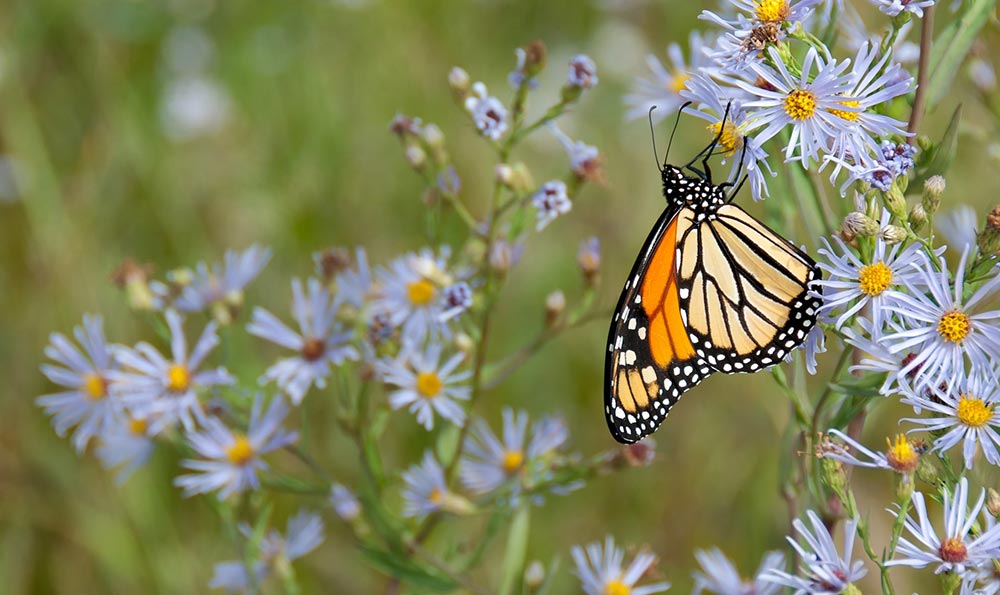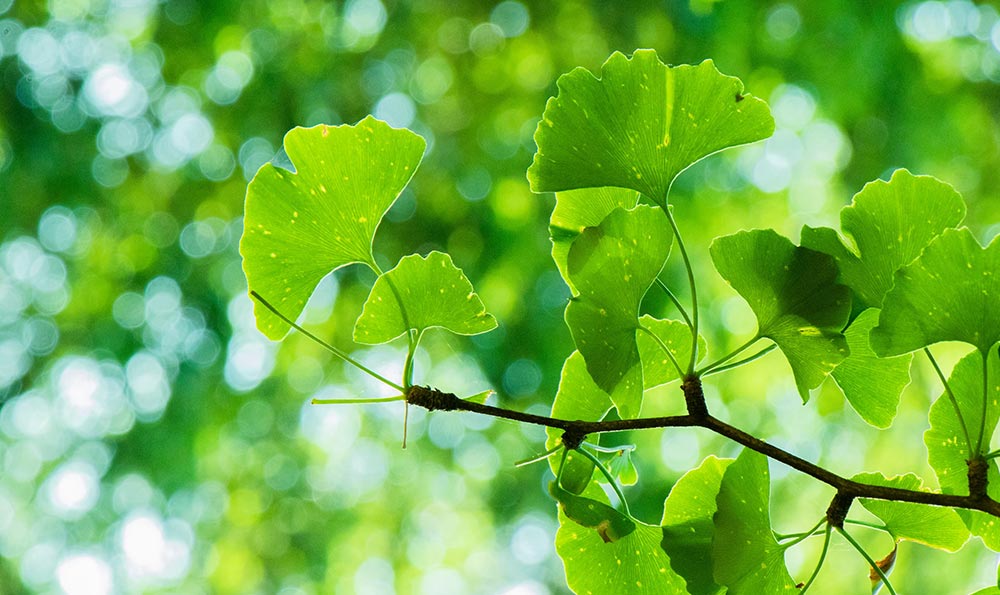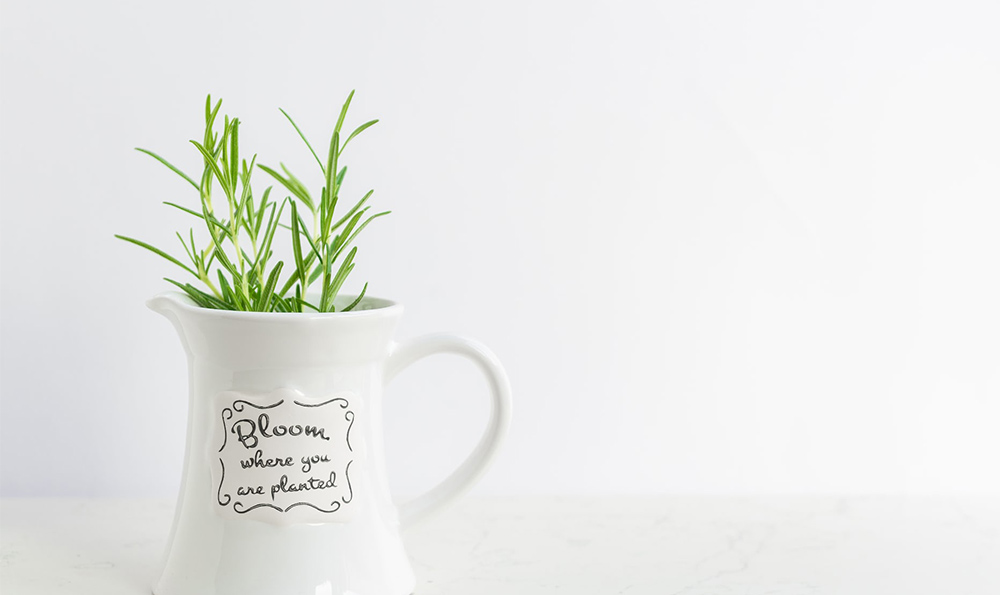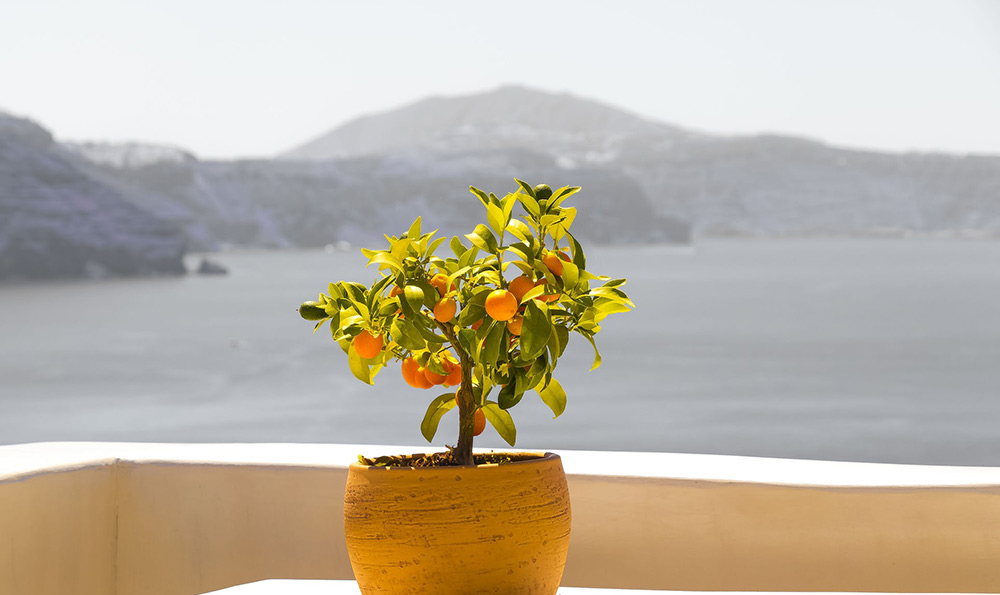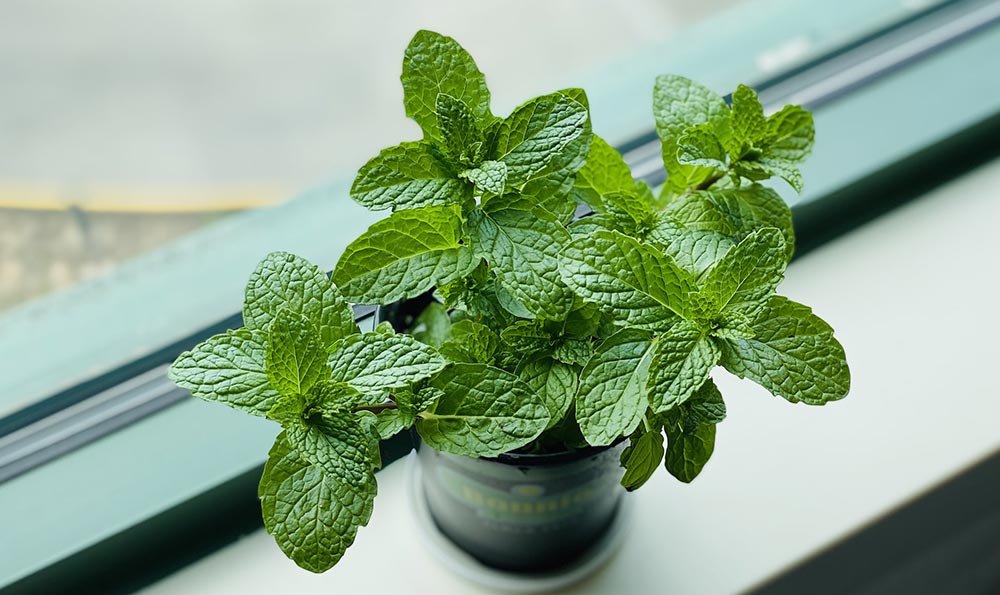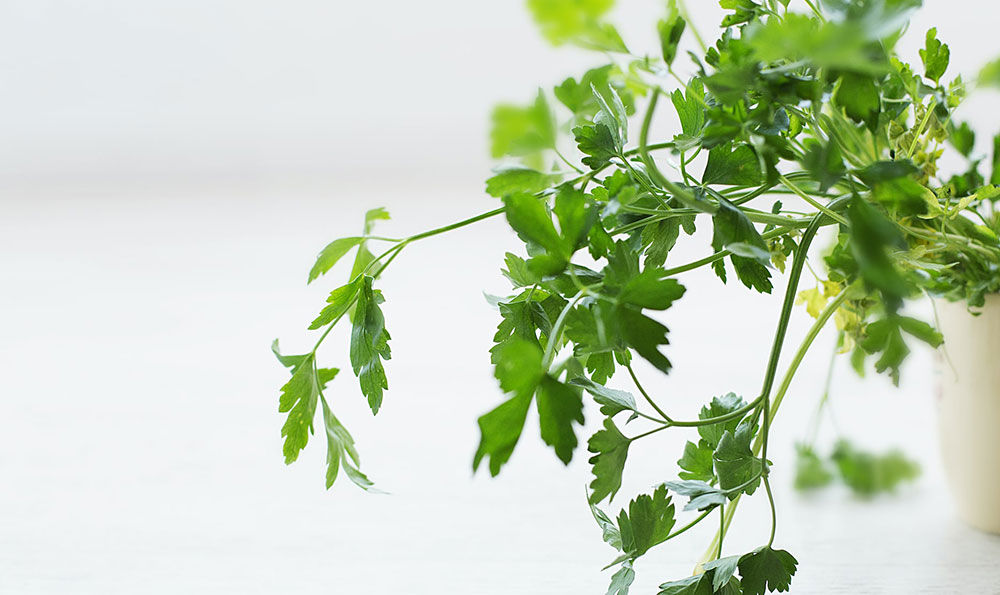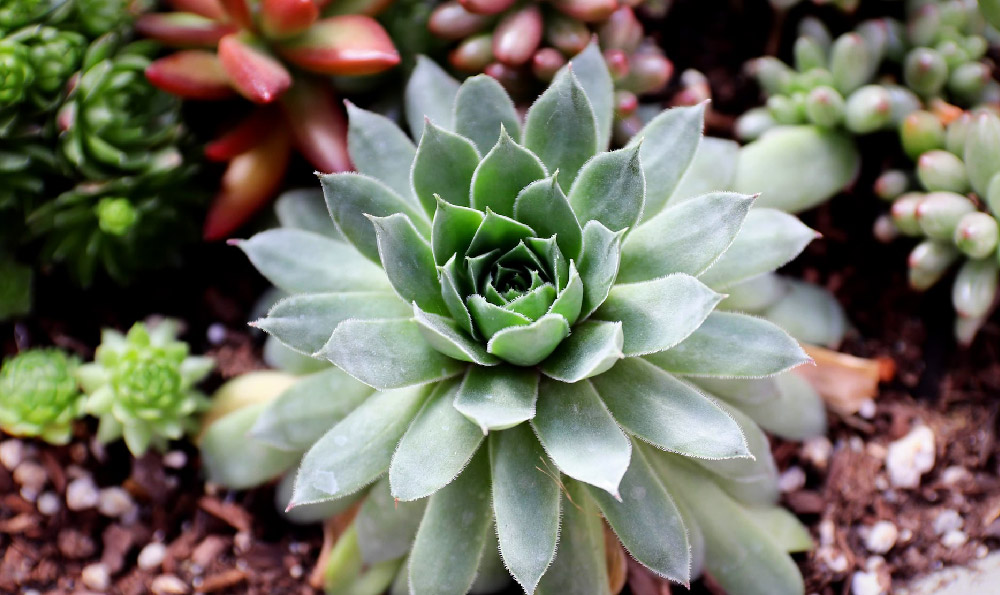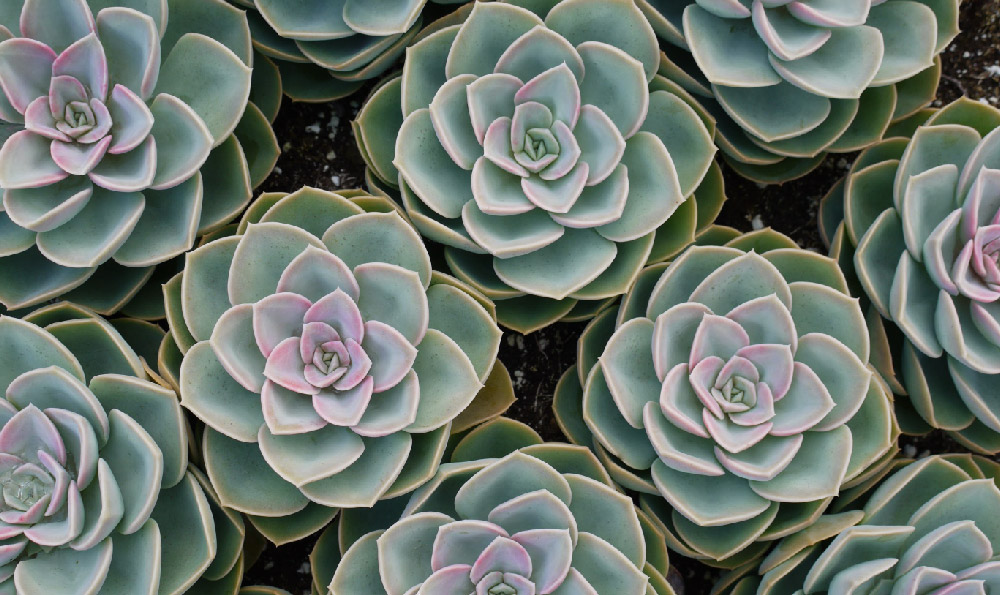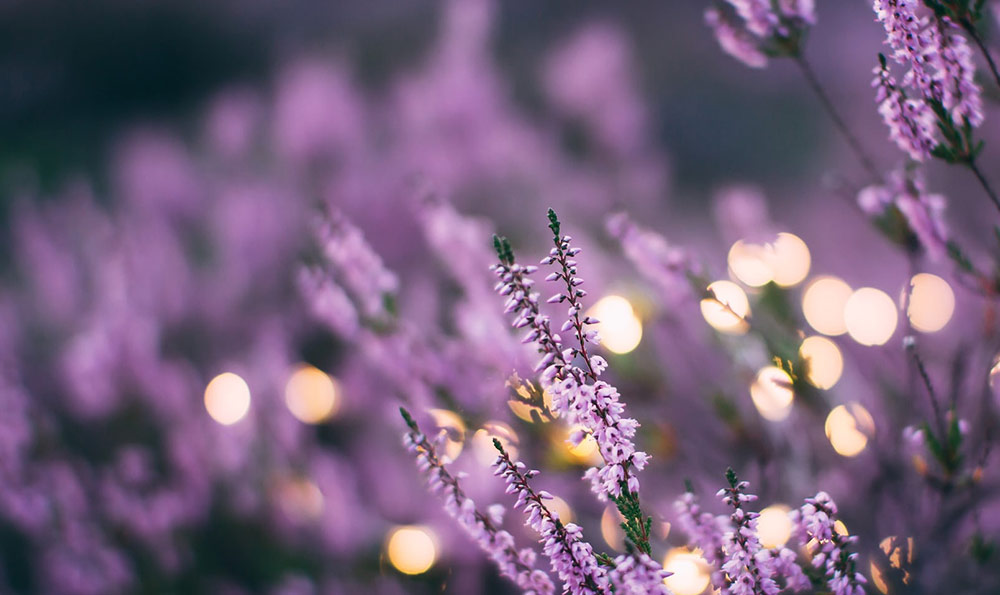多肉植物翻译,多肉植物翻译成中文

多肉植物是一类独特而受欢迎的植物,其肉质的叶片和各种各样的形状令人着迷。在近几年,多肉植物在全球范围内都变得越来越流行,人们越来越喜欢把它们作为室内和户外装饰。对于那些对多肉植物不熟悉的人来说,它们的名字可能会令人困惑。多肉植物翻译成中文这一行业应运而生,它可以帮助人们更好地理解和使用多肉植物。
一、
多肉植物翻译这一行业的出现,可以追溯到多肉植物的引入和流行。随着对多肉植物的需求增加,人们开始关注这些植物的命名和分类。多肉植物翻译的目的是将多肉植物的学名和俗名翻译成中文,以方便人们的理解和交流。在这一行业中,专业人士通过对多肉植物的形态特征和分类知识的研究,为每一种多肉植物赋予一个恰当的中文名称。
二、
多肉植物翻译行业主要依赖于专业人士的知识和经验。这些专业人士通常具有植物学或园艺学背景,对多肉植物有深入的了解。他们通过研究多肉植物的形态结构、生长习性和分类学知识,分析每种植物的特点,为其取名。专业人士还会考虑多肉植物的起源地和文化背景,以确保名称的准确性和恰当性。
三、
多肉植物翻译行业的工作内容包括对多肉植物进行调研、研究植物学知识、分类和命名。专业人士不仅需要理解多肉植物的外观特征,还需要了解每种植物的生长条件、繁殖方式和适应环境等信息。通过准确地翻译每种多肉植物的名称,专业人士为人们提供了一个更好认识和欣赏多肉植物的机会。
四、
多肉植物翻译行业在提供多肉植物相关信息的也促进了多肉植物市场的发展。通过翻译多肉植物的名称,多肉植物翻译行业为植物销售商和爱好者提供了更多的选择和了解。人们可以通过多肉植物的中文名称来搜索和购买自己喜欢的植物,使市场更加多样化和便利化。
多肉植物翻译成中文的行业对于推动多肉植物的发展和推广起到了积极的作用。通过专业人士的努力,人们可以更好地理解和使用多肉植物。多肉植物翻译行业的不断发展将为多肉植物的爱好者和专业人士带来更多的机会和福利。
多肉植物翻译成中文

多肉植物,也被称为肉质植物或肉质植物,是一类特殊的植物,其叶片或茎部具有丰富的水分储备能力。鉴于其独特的外观和易于养殖的特点,多肉植物近年来越来越受欢迎。在翻译多肉植物名称时,我们常常会遇到一些困惑。本文将介绍多肉植物的翻译问题,并提供一些建议用以解决这些问题。
多肉植物种类众多,每一种都有其独特的外观和特征。在翻译多肉植物名称时,我们必须准确地传达其外观和性质。我们可以使用形容词和副词来修饰这些名称,从而增加描述性和感染力。我们可以将“succulents”(多肉植物)翻译成“肉质植物”,以突出其丰富的水分储备能力。
为了让读者更好地理解多肉植物的特点,我们可以使用比较和对比的手法。我们可以将多肉植物与其他类型的植物进行比较,从而突出其独特性。“多肉植物的叶片更加厚实,相对于其他植物更具保存水分的能力”。
在翻译多肉植物名称时,使用专业术语和行业词汇可以显示出作者的专业知识和权威性。我们可以使用“Echeveria”(铁线莲)来指代一种常见的多肉植物品种。我们还可以使用其他行业术语来描述多肉植物的不同特征和用途,例如“rosette”(莲座)来形容多肉植物叶片的排列方式。
多肉植物是一类受欢迎的植物,其翻译常常涉及到特定的外观和特征。为了准确传达这些特点,我们可以使用形容词和副词来修饰多肉植物名称。通过比较和对比的手法,我们可以突出多肉植物的独特性。使用专业术语和行业词汇可以显示出作者的专业知识和权威性。通过这些方法,我们能够更好地翻译多肉植物名称,以吸引读者的注意力和兴趣。
多肉植物用英文怎么说
Introduction
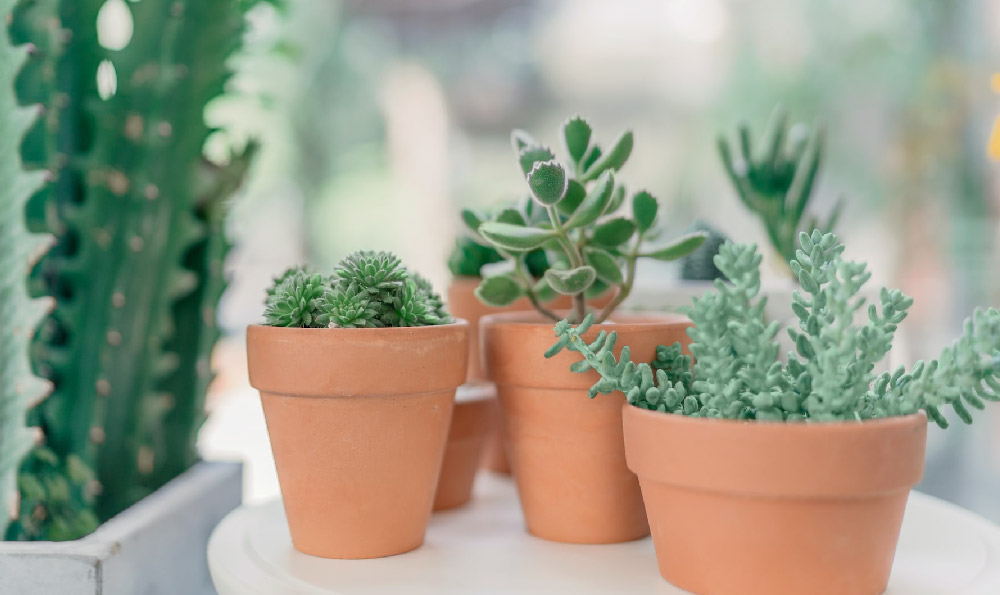
In recent years, succulent plants have gained tremendous popularity among gardening enthusiasts worldwide. These fascinating plants, known for their ability to store water in their leaves, come in a wide variety of shapes, sizes, and colors. In this article, we will explore the English terminology used to describe these intriguing plants, as well as delve into their unique characteristics and growing requirements.
1. Succulents Nature's Water Storers
Succulents, also known as succulent plants or simply "succs," are a diverse group of plants characterized by their fleshy, thickened leaves or stems. They have evolved to survive in arid environments, enabling them to store water and thrive in conditions where other plants would perish. Succulents encompass a broad range of genera, including Aloe, Echeveria, Crassula, and Haworthia, each with its distinct features and growth patterns.
2. Echeveria The Rosettes of Elegance
One of the most beloved succulent genera is Echeveria, known for its striking rosette-shaped foliage and stunning array of colors. These drought-tolerant plants boast thick, fleshy leaves that form tight, compact rosettes. Echeverias come in a range of hues, from pale pastels to vibrant bi-colors and even rich jewel tones. Their exceptional beauty and ease of cultivation make them popular choices for both indoor and outdoor gardens.
3. Crassula The Jade Family
Crassula, commonly referred to as "jade plants," are another remarkable group of succulents. They are renowned for their thick, lustrous leaves and tree-like growth habit. Crassulas display a captivating diversity of forms, from shrubby types like Crassula ovata (commonly known as "money plant" or "lucky plant") to sprawling ground covers like Crassula capitella. These hardy plants, often associated with good luck and prosperity, are highly sought after by collectors and beginners alike.
4. Haworthia The Enigmatic Gems
Haworthias are small, slow-growing succulents that possess a certain mystique. With their intricate, patterned leaves and unique rosette formations, these plants add a touch of elegance to any collection. Haworthias are well-adapted to indoor conditions, thriving in low-light environments and requiring minimal care. These little gems have captivated enthusiasts with their exquisite beauty and tenacity.
Conclusion
In conclusion, the world of succulent plants is a treasure trove of unique species and captivating aesthetics. Through this exploration of English terminology used to describe succulents, we have gained insight into the diversity and allure of these plants. Whether you are a seasoned succulent enthusiast or a beginner looking to embark on a new horticultural journey, the world of succulents offers endless possibilities for experimentation and appreciation. So, go ahead, immerse yourself in the fascinating realm of succulent plants and create your own desert oasis of beauty and tranquility.

